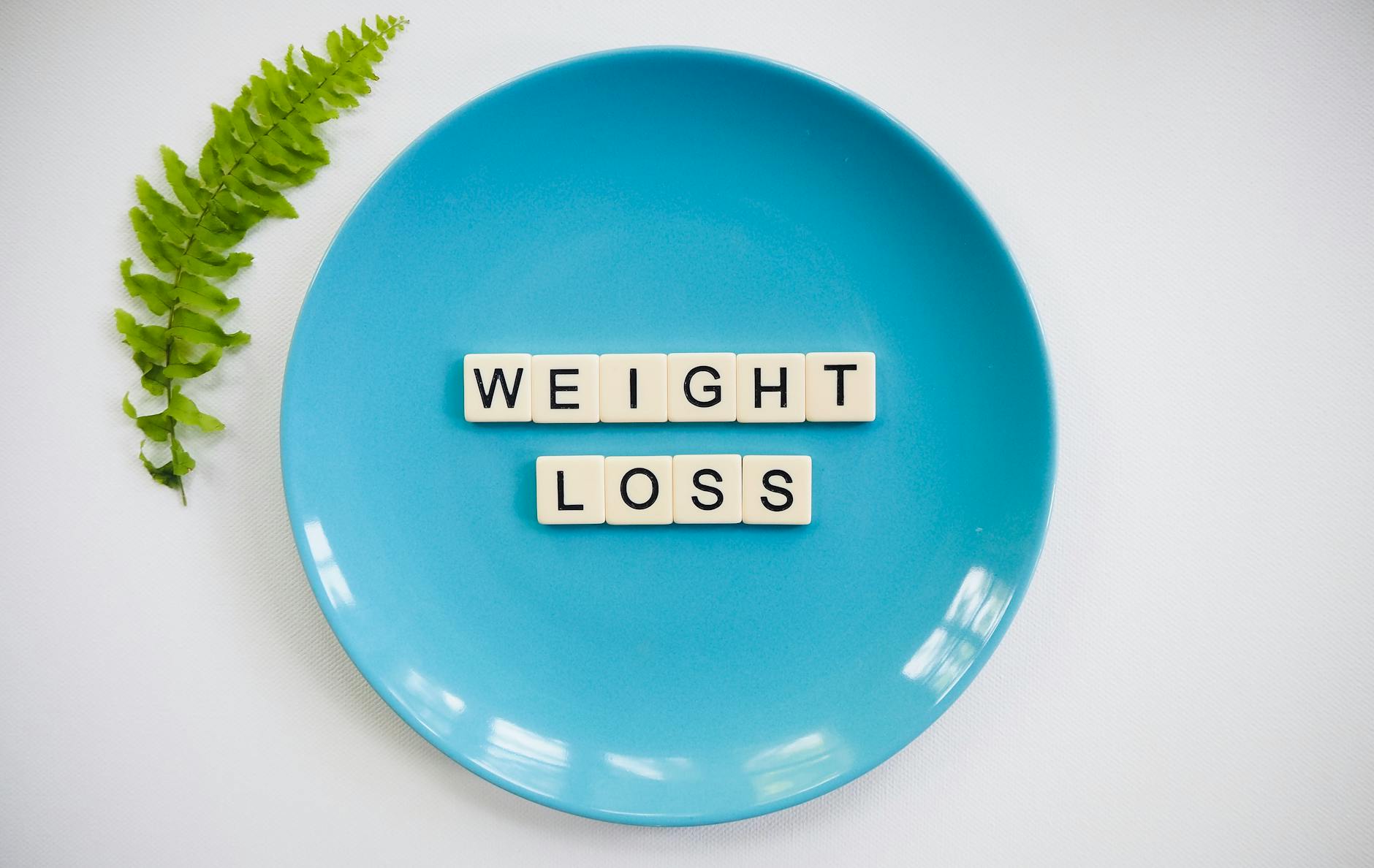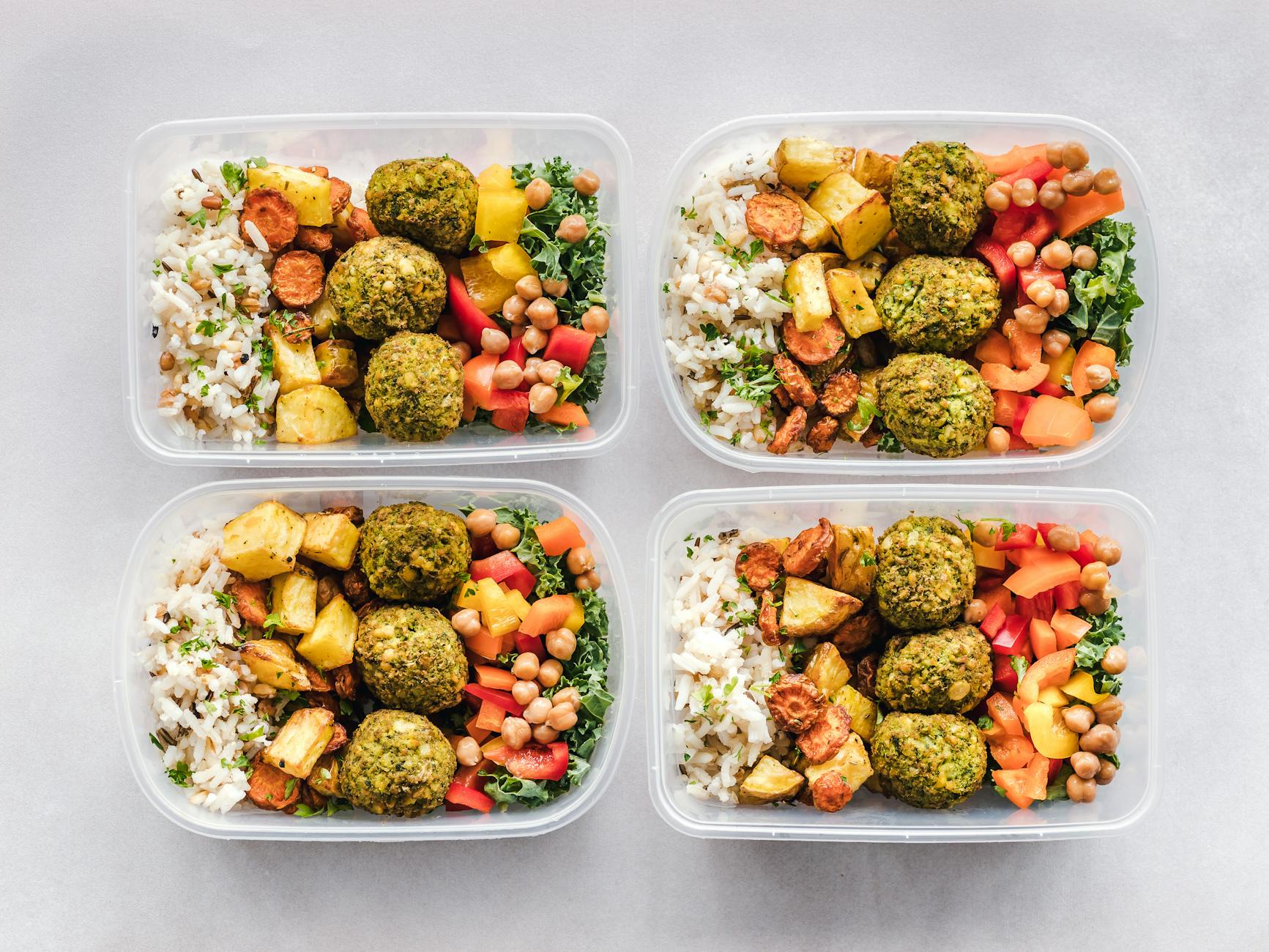Body
Intermittent Fasting 101: This Is THE Ultimate Guide You Need To Follow!
Are you familiar with the term “intermittent fasting”? If not, then you are in the right place! Beauty Insider is...
By: Cherelle Lim / July 30, 2021

Are you familiar with the term “intermittent fasting”? If not, then you are in the right place! Beauty Insider is going to give the full breakdown on the who, what, where, why, and how of intermittent fasting! Before you jump to any conclusions, you may have heard this term a lot on youtube, especially from fitness gurus. Besides that, this term may be mentioned a lot on Tik Tok as well! There are also a ton of different fasting methods circling around, and we are going to make sure you know what you’re getting into. So, if you don’t really know what it is, or you completely and utterly have no clue, read on to find out!
Contents
What is Intermittent Fasting?
Intermittent fasting is also known as time-restricted eating. It is a sort of eating/fasting lifestyle where you prioritise WHEN you eat, instead of WHAT you eat. So far so good? Usually, a traditional diet would have you focus on what you should and should not eat. Intermittent fasting, however, throws that out the window. Forget about what you can and can’t eat. The only thing you need to know is when you’re going to eat. Intermittent fasting also forces you into the habit of an eating pattern where you are only allowed to eat within a certain period of time (2pm to 6pm for example). The rest of that time, you are not allowed to eat. Not even a snack!
Benefits of Intermittent Fasting

When you fast, your body will either be using the food you’ve taken for energy, or previously stored energy hiding in fat cells. There is also research that suggests that when you intermittent fast intentionally, it can help with weight loss and even improve your metabolic measures! Besides that, it is also suggested that intermittent fasting can also help lower bad cholesterol and reduce the risks of cardiovascular factors. What’s more, is that your metabolism will also go into overdrive mode and help us become more resistant to oxidative stress. Our body’s inflammation will also most likely decrease and our blood sugar, as well as insulin levels, will drop too.
The First Step to Intermittent Fasting

If you are planning to start your journey of intermittent fasting, then the first you need to do is…stock up your fridge! No, please do not stuff it with junk food and ice cream, try to stock up on healthy foods that you can even cook yourself! This will make the process much easier and more effective if you are eating healthily of course.
After stocking up to the brim, you need to look at your sleeping schedule. See how much you are sleeping each night and please do not tell us that you DON’T sleep. That is extremely bad for your health! Everyone should be getting at least 7 to 8 hours of sleep. Your best bet to start your intermittent fasting is to always eat 2 hours after waking up, and stop eating 2 hours before you go to bed. There are also a few different types of fasting and as you get comfortable with your starting point, you can start moving up the chain. The goal here is to gradually increase the amount of time you’re fasting.
The Types of Intermittent Fasting

As we mentioned earlier, there are a few different ways of intermittent fasting. Here are 5 of them and each is a little different from the other. Some may seem more extreme to you while others might think it’s a perfect way. Therefore, make sure you pick the one that you are most comfortable with and always start with the easiest!
12:12 and 14:10
This method is the most basic method, and the one you should be starting with. The 12:12 and 14:10 method refers to fasting for a total of 12 or 14 hours, and eating for the remaining 12 or 10 hours. Hence 12:12, and 14:10. Please don’t mix it up and fast the other way around. This is the method closest to our normal eating habits and is easy to adjust to for beginners! When you are intermittent fasting, it is also important to ensure that you keep your eating and fasting windows the same. Don’t change it around. If you plan on eating from 9 to 7, stick to that!
16:8
The 16:8 method is also known as the Leangains protocol. This protocol was originally developed by Martin Berkhan. It was a sort of tool that bodybuilders and weightlifters would do. This method focused more on skipping out on breakfast entirely, and refraining from eating once you’ve had your dinner. Whatever time that may be. So, this method might be more extreme if you are someone who wakes up early in the morning. That would mean you need to wait until lunchtime or 12pm before you can start eating. Once you had your dinner or last meal of the day, you would also have to stop eating. For some of us, it may be hard because we just can’t help snacking. But it helps when you’ve got nothing to snack on either!
5:2
With the 5:2 method, it’s not hours. This method is based on days. Since there are 7 days in a week, this method of intermittent fasting has split it into 5:2. Meaning that you will be eating normally for 5 days, and for the other 2 days, you’ll need to eat a specific amount of calories. You can choose the days whenever you want though. It doesn’t have to be eating through the weekdays and counting calories on the weekends! You could choose your 5 days to start on Wednesday or even Friday. It’s just that for the 2 days left, you would need to eat for women, (500 calories) and for men, (600 calories). Always remember that in order for this method to be effective, you should normally, not restrict any calories during your eating days.
OMAD
If you are wondering what OMAD stands for, you might want to brace yourself. This might just be the most extreme because you would only be having One Meal A Day. OMAD. This might be the scariest one and the most difficult one to do. If you do end up reaching this method after trying out the rest, you would need some serious discipline. It’s not ideal to intermittent fast with the method for a long time. It should be for a short period of time, until you can figure a moderate eating plan after you stop fasting!
Eat-Stop-Eat
The Eat-Stop-Eat method is similar to the 5:2 method in the sense that you’ll be eating normally 5 days out of 7. The only difference is that instead of counting your calories on the remaining 2 days, you won’t be eating at all. Yeah, this might be even more extreme than OMAD! Just remember that this type of intermittent fasting is not sustainable for long-term periods. It’s best to do it while you are adjusting to a new diet plan.
What You Need To Know

Now here are a few things that you need to know about intermittent fasting.
First of all, intermittent fasting is to decrease your overall calorie intake by restricting your eating times. If you are overeating, or binge eating, it’s not going to show any real results.
For anyone who is pregnant, under 18 years of age, breastfeeding, underweight or have/had an eating disorder, you should not be intermittent fasting at all.
If you suffer from diabetes, have a history of amenorrhea, low blood pressure, blood sugar issues, are taking medications or are trying to conceive, you should seek a doctor before making the decision to intermittent fast.
Tag and share your journey with us on Instagram and Facebook! Follow for more latest trends and beauty news!
Make sure to check out our Insider Mall for some awesome deals and rewards! Shop Beauty, Get Rewarded!

















